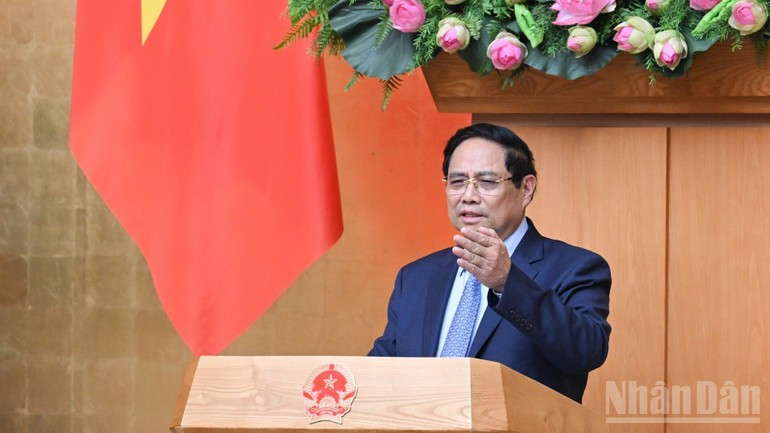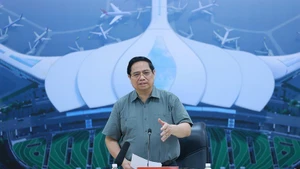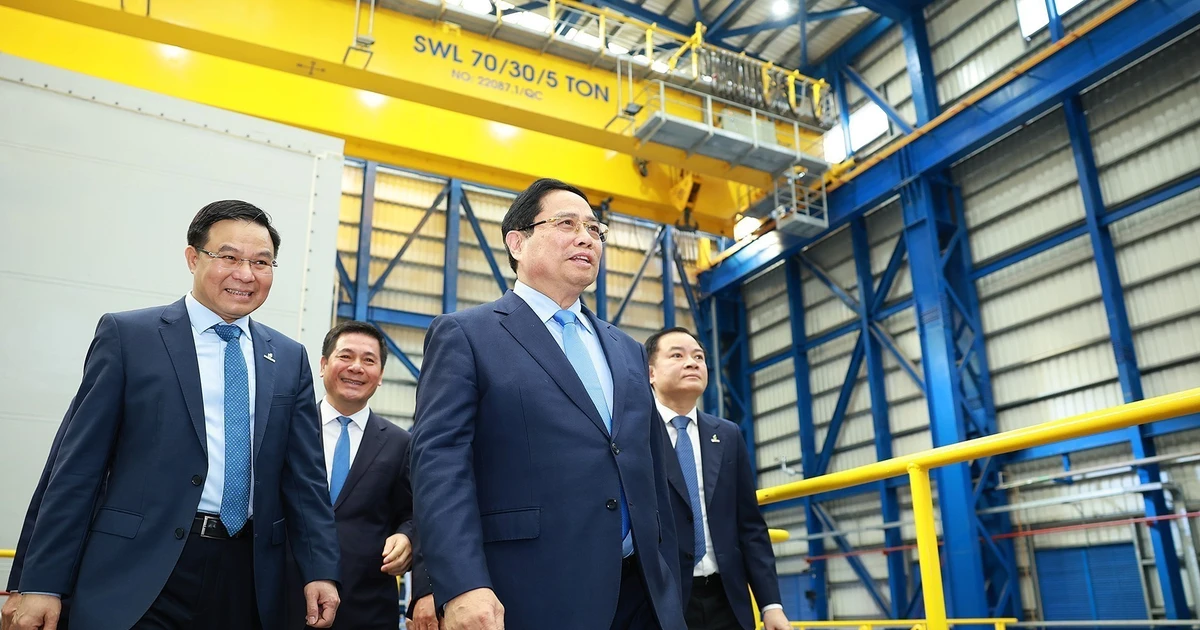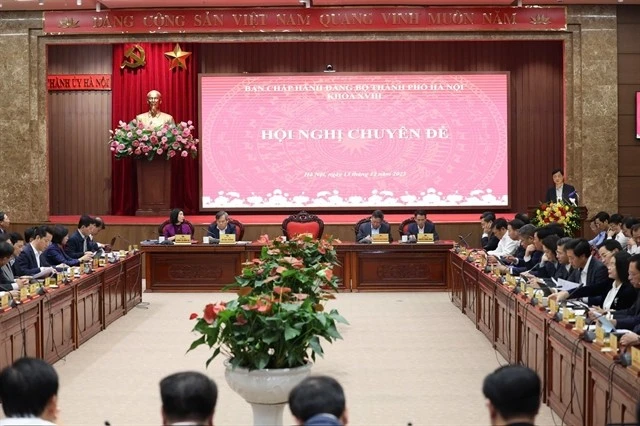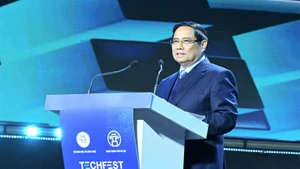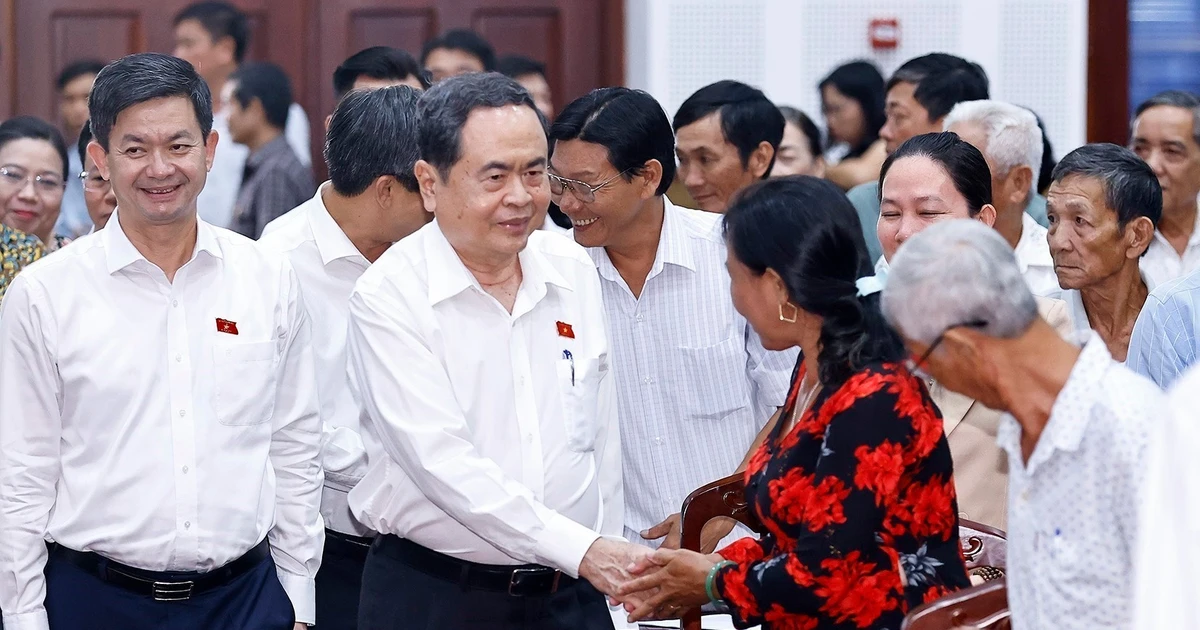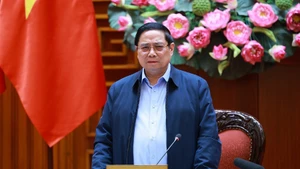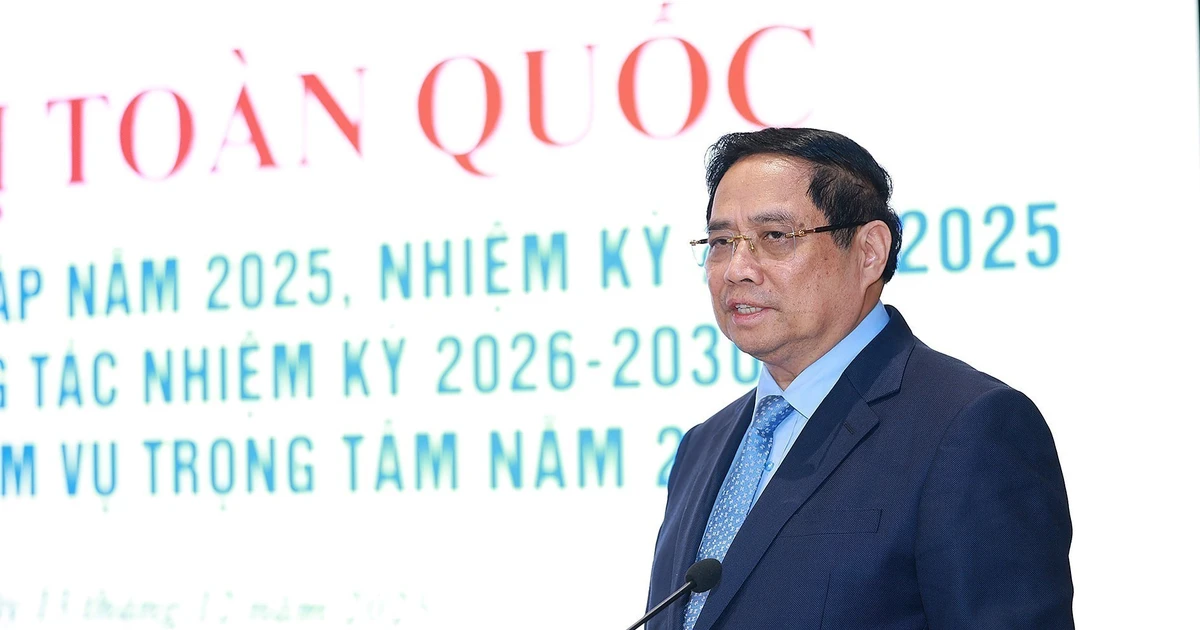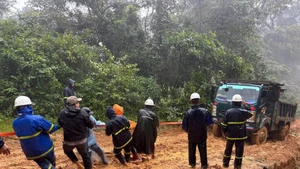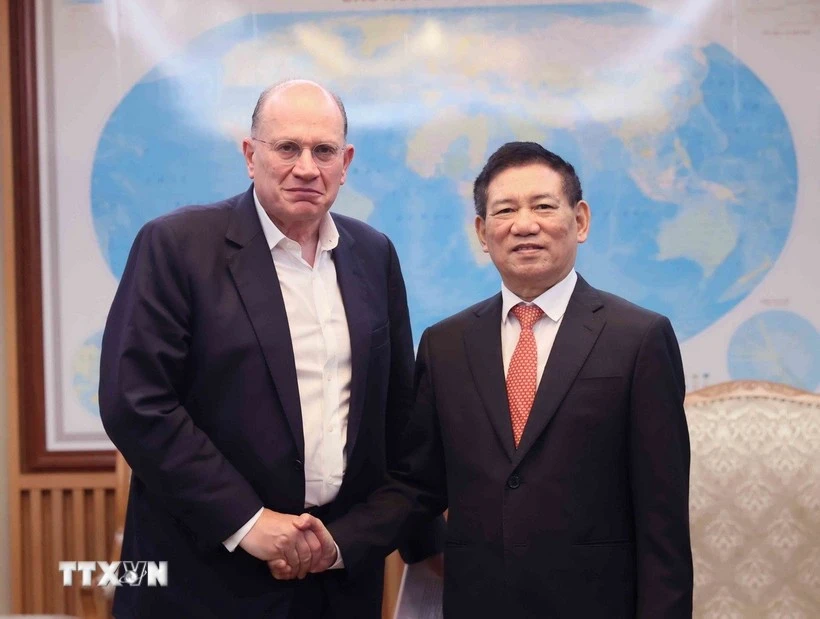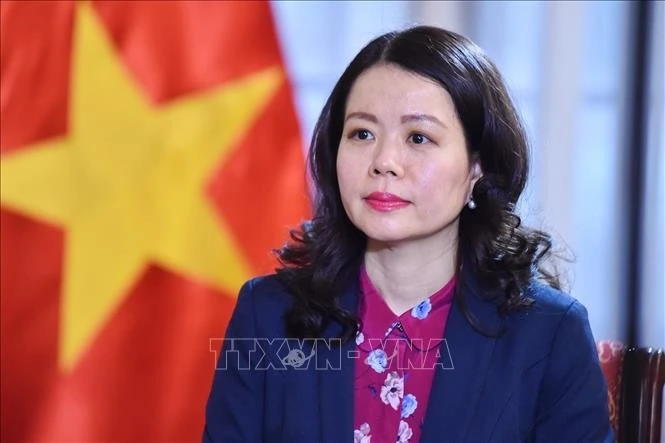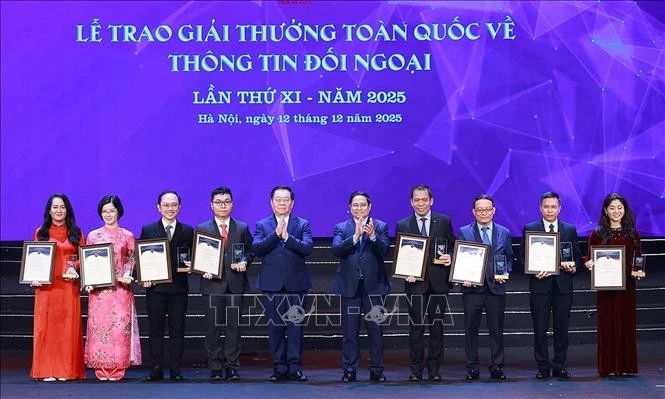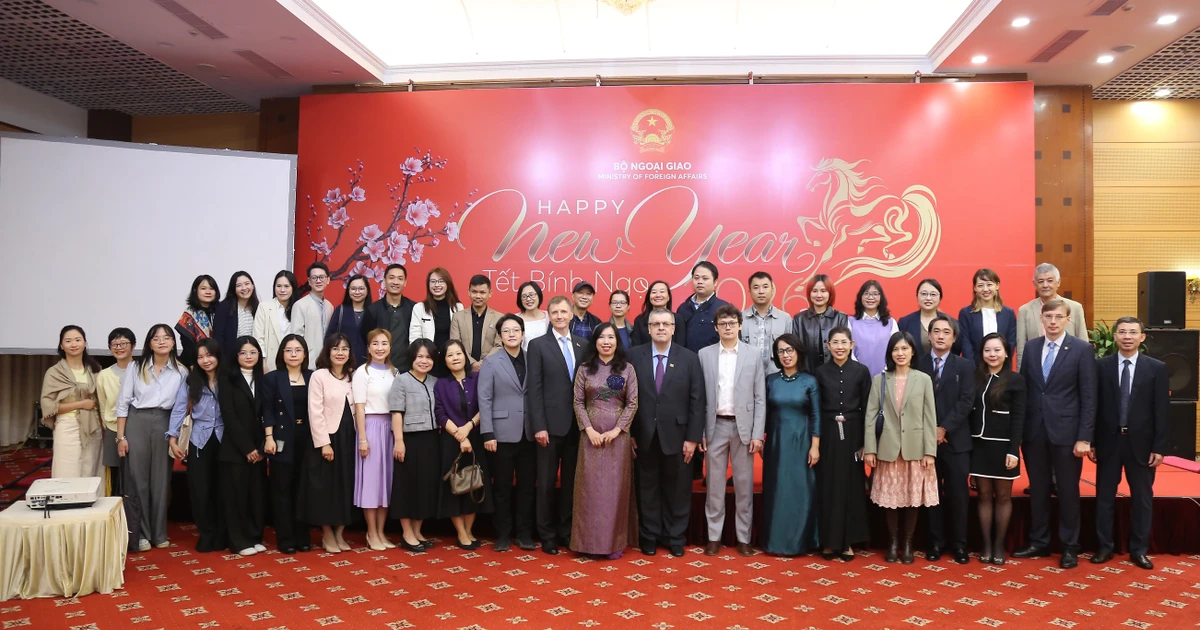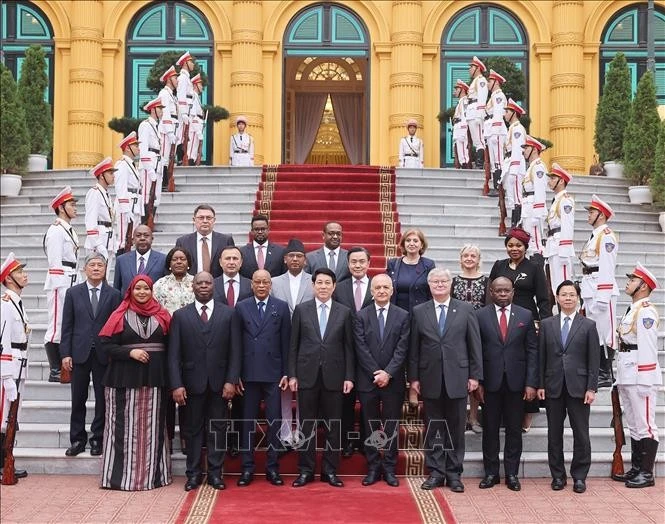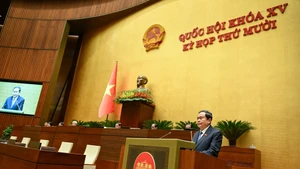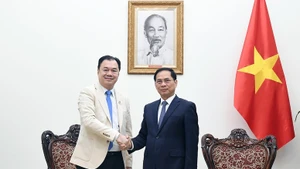Concluding the Government’s meeting on reviewing and removing bottlenecks for the implementation of the two-tier local government model on October 1, PM Chinh underscored that as long as citizens continue to complain, the Government must work to find effective solutions, and where localities remain underdeveloped, the Government must take responsibility for supporting and driving growth.
He assigned Deputy Prime Ministers and ministers to review and resolve outstanding issues in line with the Politburo and Secretariat’s guidance, under the principle of clear responsibility, clear authority, clear tasks, clear timelines, clear accountability, and clear outcomes. At the same time, he ordered swift and decisive actions to remove roadblocks in the operation of the two-tier local government model, requesting new mindset and drastic implementation without rushing.
The Minister of Science and Technology was ordered to develop an evaluation system for the performance of new administrative apparatus, integrated with the central database. The Government’s task forces will be established to support localities in settling difficulties.
The Ministry of Home Affairs and the Ministry of Finance must complete compensation payments by October 10, while also resolving procedural delays at grassroots organisations.
Acknowledging uneven capacity among commune-level officials, especially in governance, IT, and accountability, the PM called for meticulous assessment to overcome the challenges as well as guidance on determining job positions and staffing quotas at the communal level.
Ministries and sectors must work closely with localities to resolve institutional and legal obstacles, amending and immediately eliminating overlapping, contradictory regulations causing bottlenecks, and resolving difficulties in administrative procedures, particularly in land, planning, finance, assets, construction, transport, and surplus housing and land after reorganisation.
After three months of operation, the two-tier local government model has gradually taken shape, ensuring greater consistency and smoother state management from the central level down to grassroots. All localities have now filled leadership positions at the People’s Committees.
As many as 142,746 individuals have formally left public service under the restructuring, with 73.6% already receiving compensation packages.
At the same time, 519 administrative procedures were proposed to be abolished and another 2,421 simplified. Between July 1 and September 30 alone, seven million online applications were processed, with a 91% on-time resolution rate. More than 3,100 modern commune-level administrative service centres have been launched, many integrating AI and electronic forms, providing more efficient services to citizens.
However, challenges remain, including slow guiding regulations, particularly in finance, land management, and education, infrastructure and human resources difficulties, delays in compensation payments, and locals struggling to adapt to new administrative procedure handling methods.
